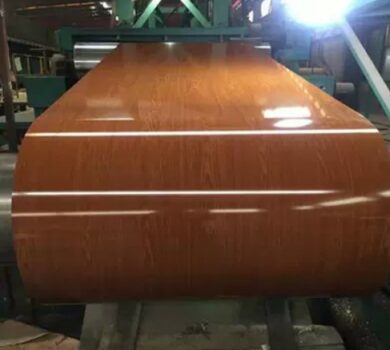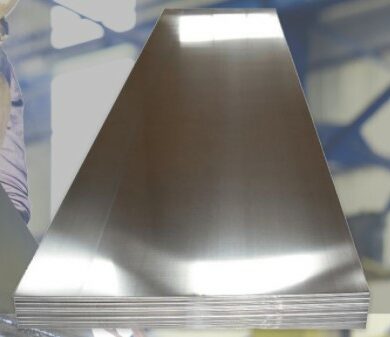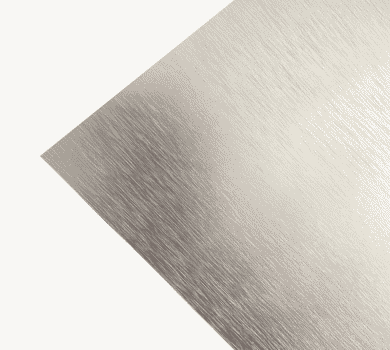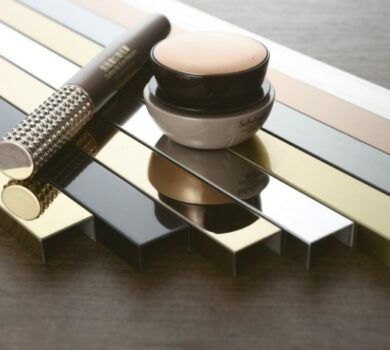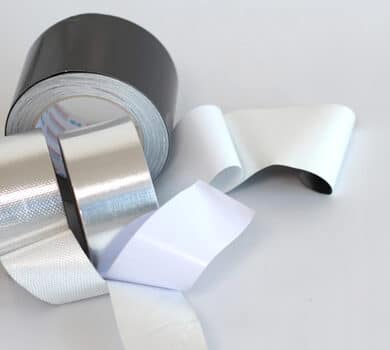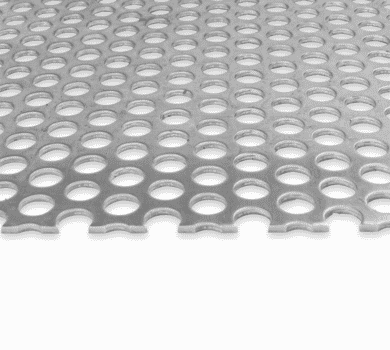The two top metals used for coils are aluminum and copper, each possessing unique properties. Understanding the strengths and limitations of each metal helps you select optimal coils for your particular HVAC and refrigeration application needs and operating conditions. This article explores key differences between the two to help guide the selection process.

Understanding the Coil Basic
Coils are essential components in any climate control system that uses a refrigerant compression cycle. There are two main types of coils: the evaporator coils and the condenser coils.
Evaporator Coils: These absorbing coils remove heat from the air to provide a cooling effect as refrigerant evaporates through them. They make your air conditioner and fridge interiors frosty.
Condenser Coils: On the flip side, condenser coils release heat from the refrigerant as it condenses into a liquid. These are usually outside AC units or on the back of fridges.
Advantages: Aluminum vs Copper
Aluminum Coil Advantages
Aluminum coils have dominated the challenge for years because of their solid thermal conductivity. Aluminum transfers heat nearly on par with copper, allowing for rapid cooling. They cost way less than copper. This allows you to save more on HVAC projects. At just one-third the density of copper, aluminum coils are easy to handle and install. They also fend off corrosion even in humid or coastal environments resulting in a longer coil lifespan. And if you want to keep a sustainable supply, the raw material for aluminum is incredibly abundant globally.
Copper Coil Advantages
With its long history in coils, copper remains popular for good reasons. One of these is their highest conductivity, edging out aluminum in cooling ability. The copper handles higher internal pressures so that thinner tubing can be used. This offset some added weight. We can say that both materials are recyclable, but copper’s high value means over 90% gets recycled, which means less waste.
Comparing Key Coil Metrics
Now, it’s time to look at key metric aids in objective comparisons between aluminum coils and copper coils.
Heat Transfer Efficiency
In standardized tests using the same size aluminum coil, copper has shown 3-10% greater heat exchange efficiency. However, aluminum continues to improve by optimizing fin and tube design.
Materials Compatibility
Aluminum works well with modern replacements, while copper has better compatibility with older refrigerants. Proper coil selections depend partly on the refrigerant type.
Weight
Aluminum coils are 60-70% lighter than the same copper design. Way easier to ship, install, and maintain.
Cost
Copper coils are 2-6 times more expensive than aluminum.
Usage Considerations
When choosing your metal for coils, consider the below factors:
- Humid climates favor aluminum corrosion resistance.
- Larger commercial systems may merit copper’s extra efficiency.
- Tighter budgets make aluminum the clear cost-saver
- Aluminum has less environmental impact
Maintenance is crucial too. Keep your coils clean, refrigerant optimized, and airflow unobstructed.
Talk to Professionals
You can ask experts and professionals for help to identify the ideal coil metal for your specific needs and conditions. These individuals, with their wealth of knowledge and hands-on experience, offer invaluable insights that can significantly impact the success of your project or application. Furthermore, professionals possess up-to-date knowledge of the latest advancements and trends in coil metal technology. They can guide you through emerging materials, techniques, and industry best practices, helping you make informed decisions that align with cutting-edge developments. This collaboration ultimately results in a more efficient and effective coil metal selection process, boosting your project’s chances of success.
Conclusions
For most smaller HVAC systems, you may consider aluminum due to its winning combo of cost, weight, and performance. But for maximum efficiency in bigger commercial setups, copper still deserves consideration. Whichever metal coil you choose, keeping coils in shape ensures the cooling keeps on going.
